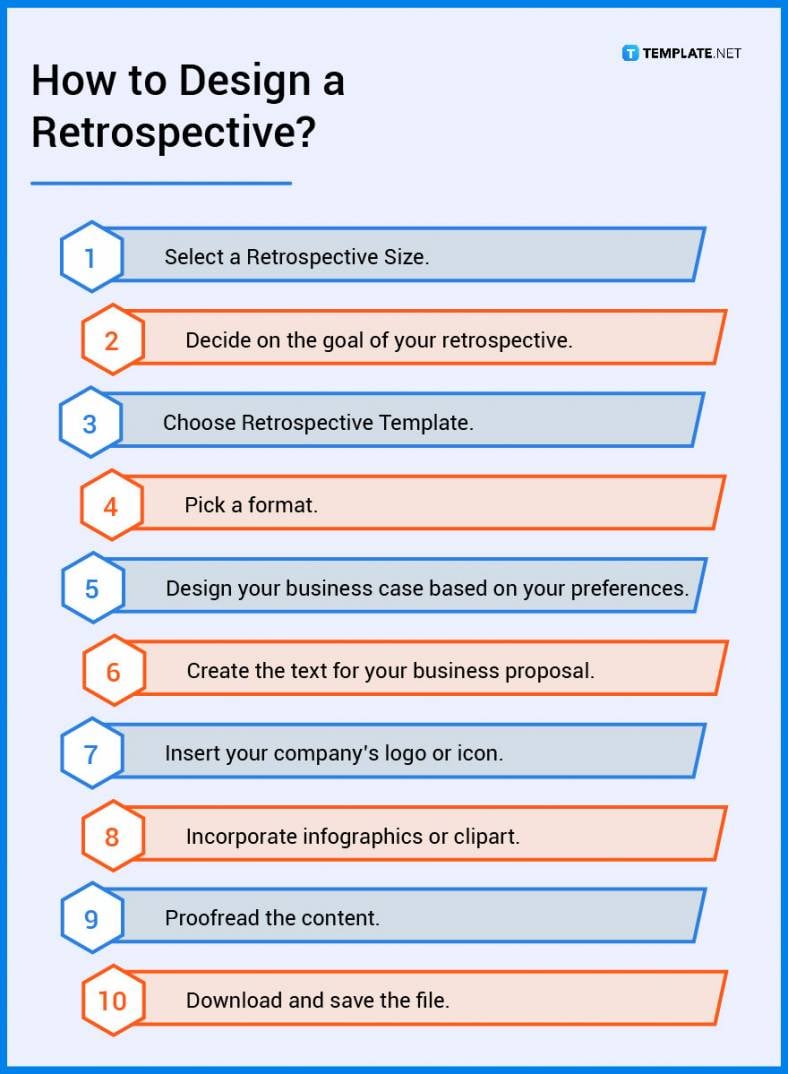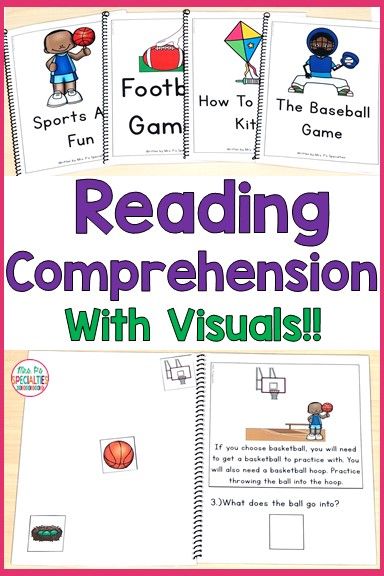

- #Visual comprehension to enhance comprehension how to
- #Visual comprehension to enhance comprehension professional
These all rely on visual literacy skills – in this case, manipulating those skills to express meaning.Īs with reading and writing the written word, a great many skills work together to establish a good level of visual literacy. (This can also be a particularly powerful tool in supporting children who are neurodivergent or have special education needs and/or disability.) This might include creating a presentation, drawing a concept map, recording a video, producing a labelled diagram, etc.


Visual literacy will also be demonstrated in how learners effectively create and use visuals to communicate meaning.įor example, it is good practice to offer a range of ways for children to present or record their learning. We might plan to use a photograph as the stimulus for a piece of creative writing, for example, without fully considering whether the children have the visual literacy skills necessary to get the most from the activity. However, we may take for granted the visual literacy skills that students need to employ in order to fully access some of the visual content we are using.
#Visual comprehension to enhance comprehension how to
In some circumstances, we are aware of the need to accompany these visuals with direct teaching in terms of how to interpret them – for example, you would not expect a pupil to be able to successfully interpret a pie chart without previous input. This could be in terms of classroom organisation (for example, photo labels for pre-school children showing where to find equipment), visual learning aids (for example, story mountains) or ways of presenting lesson content (for example, slide presentations, illustrations, photographs, sketches, models, charts, film clips, graphs or diagrams). You are most probably creating visuals for children and young people to interpret, therefore engaging their visual literacy skills, in a range of contexts. In today’s classrooms, it is likely that you will be engaging with children’s visual literacy as part of your general good teaching practice, in the following broad ways: Just as spoken and written language have receptive and expressive elements, so does visual language. It also refers to effectively using images to communicate meaning. Visual literacy is the ability to make sense of a whole range of visual information – essentially to be able to ‘read’ visuals, appreciating and being able to interrogate or analyse both literal and inferred meaning. In this article, we are going to explore what visual literacy is, why it should be encouraged with regards to teaching and learning, and provide some suggestions as to how it can be fostered in the classroom. As educators, it is useful to consider how you might encourage and utilise these skills in the classroom.
#Visual comprehension to enhance comprehension professional
Being able to effectively interpret visual information is a key skill, impacting many areas of our professional and personal lives. Many jobs roles include application of visual literacy skills – from manipulation of imagery in creative media and design arenas to representing data in a financial or scientific context. Today, our communications are more peppered with visuals than ever, including emojis, memes, profile pictures, advertising imagery, etc. We derive meaning from a great deal of visual input in our daily lives – something that has increased significantly with the rise of digital media and technology. Visual literacy refers to the ability to successfully interpret and use images.


 0 kommentar(er)
0 kommentar(er)
